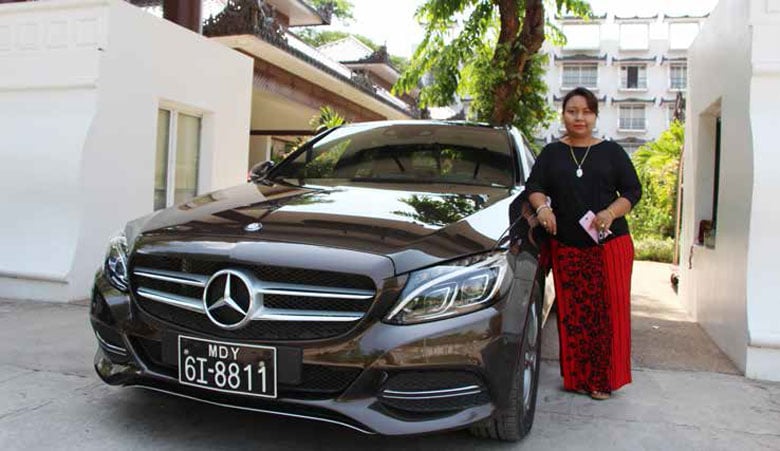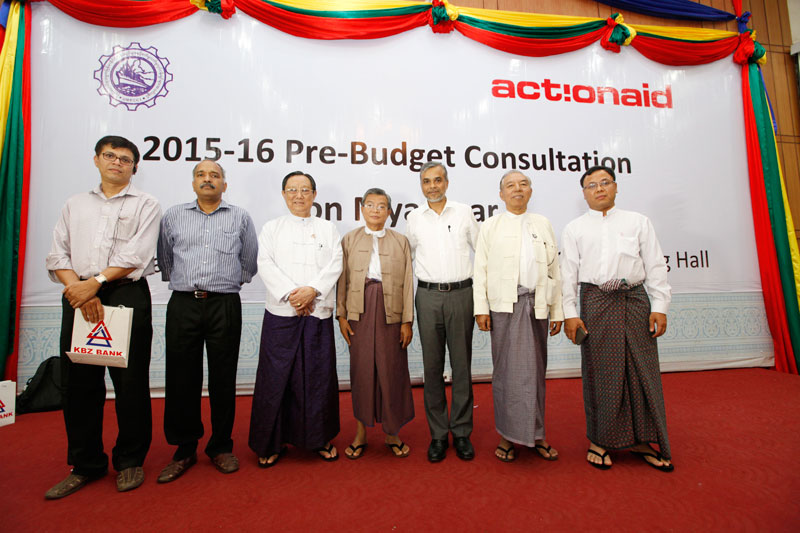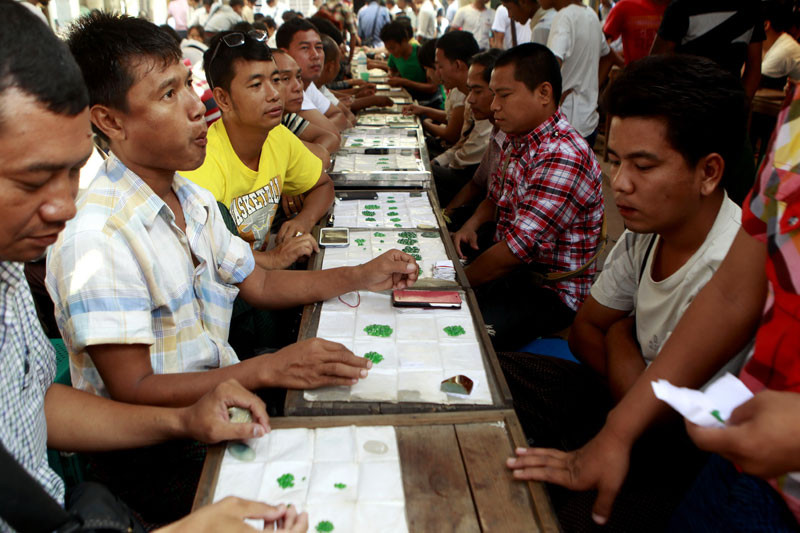Category:

Construction underway at the Dawei Special Economic Zone site. Photo: Mizzima
China is showing interest in reviving long-standing proposals for a deep-water canal through the narrowest part of Thailand’s long peninsula to link the Indian Ocean with the South China Sea.
It’s a move that, if implemented, could pose a threat to the viability of ambitious plans for a special economic zone at Dawei on Myanmar’s Andaman Sea coast. It also puts a question mark over the recently opened 800-kilometre pipeline that delivers crude oil from a terminal at Kyaukphyu in Rakhine State to China’s Yunnan Province.
The Isthmus of Kra narrows to about 27 miles (44 kilometres) wide south of the Thai coastal city of Chumphon, opposite the southernmost tip of Myanmar. A canal across the isthmus has been talked about for hundreds of years and has more recently been the subject of several feasibility studies. It has never gone beyond the drawing board, mainly because of cost and lack of international backers.
However, a Thai government-linked group, the National Committee for the Kra Canal Project, has dusted off the idea and together with a Thai-Chinese business association has been working on a feasibility study with researchers at the University of International Business and Economics in Beijing.
The canal idea was on the agenda at the 21st Century Maritime Silk Road Initiative, a two-day conference at Quanzhou in China’s southern Fujian Province in February.
China’s central government is busily promoting the establishment of two modern-day “silk roads” to emulate the ancient trans-Asia land trade route. A canal across Thailand would be of interest to China as an alternative, and safer, route for its growing volumes of crude oil imported from Africa and the Middle East.
At present about 60 percent of China’s crude imports have to pass through the narrow Strait of Malacca. Beijing has long had strategic concerns about having to rely on energy supplies shipped through the Strait, which is one of the main reasons why it built parallel crude oil and gas pipelines across Myanmar to Yunnan Province.
China’s concerns are underlined in a new study by the Maritime Institute of Malaysia that predicts the Strait will become heavily congested in the next ten years, with annual shipping traffic of up to 1400,000 vessels. That’s 18,000 vessels more than its capacity, said the institute, and would lead to costly shipping delays.
A pre-feasibility study by Thailand’s National Committee for the Kra Canal Project has estimated that it would cost about US$20 billion to build a canal. It would stimulate regional trade by reducing shipping times between the South China Sea and the Indian Ocean by at least two days, the deputy director of the economic section at Thai-Chinese Cultural and Economic Association, Pakdee Tanapura, told Bangkok newspapers.
There are several possible locations for a canal across Thailand, but it would have to be deep and wide enough to take the monster oil tankers known as very large crude carriers (VLCCs).
The pipeline across Myanmar has eased China’s energy security concerns but it still needs to rely heavily on crude shipped via the Malacca Strait.
The pipeline, built by the China National Petroleum Corporation, has a capacity of 440,000 barrels a day, which is small compared to the volumes being shipped through the Strait.
One VLCC can carry 2 million barrels.
The Quanchou conference at which a Kra canal was discussed was sponsored by China’s supreme State Council and the Chinese Academy of Social Sciences and attracted representatives from 30 countries, said state-run Xinhua news agency. It appears, though, that no conclusions on a canal were reached at the meeting.
The Thai-Chinese Cultural and Economic Association has proposed that ports at each end of a canal could become economic zones linked with import and export businesses. A large port and transhipment terminal for oil, gas, chemicals and other raw industrial commodities would compete with the much-delayed plans by Thailand for a port and industrial complex at Dawei.
Two new factors are now at play that could bring to reality the proposals to revive a canal project.
The first is that the military government that seized power in Thailand last May is making bold steps for big infrastructure projects to stimulate the economy. Bangkok has already commissioned China to build a high-speed railway system in Thailand.
The other factor is China’s interest in greater economic connectivity in Asia, which is a rationale behind its Maritime Silk Road concept. To support its development plans for the region Beijing recently established the Asian Infrastructure Investment Bank, which aims to imitate the Asian Development Bank but without Western constraints.
One of China’s proposals for a socalled Silk Road trade route would weave across central Asia to Europe and the other would seek to create a maritime trade route linking major ports in East Asia with other parts of the world.
The AIIB was established with 21 signatory countries in Shanghai last October and will have an initial capital of US$100 billion, half of which China has pledged. The signatories include India and the ten members of the Association of Southeast Asian Nations.
As China’s economy changes, Beijing is seeking major overseas projects for its state-owned enterprises.
PriceWaterhouseCoopers recently forecast that Asia will spend $5.3 trillion on infrastructure by 2025.
In addition to the AIIB, China recently launched a $40 billion infrastructure fund to promote regional development, focusing on the so-called Maritime Silk Road, reported the South China Morning Post.
“The Kra Canal across an isthmus in southern Thailand, whose construction, funded by Chinese, may begin soon, will draw the Maritime Silk Road closer …reducing the significance of the Malacca Strait,” said Artyom Lukin a professor at the School of Regional and International Studies in Vladivostok, writing in The Diplomat about China’s growing regional influence.
Mr Pakdee has said there would no security concerns over the canal because it would be within one country. However, there is a simmering Muslim separatist insurgency in the far south of Thailand, where a canal has been proposed on the edge of the four provinces bordering Malaysia. This predominantly Thai Muslim region has suffered from a hit-and-run insurgency that has claimed more than 5,000 lives since 2004. Any decision by the Beijing-led AIIB must take this problem into account in deciding whether – and where – to back a canal development.
Previous surges of interest in a canal across the Isthmus of Kra suggest the proposal would be unlikely to proceed further than a feasibility study, except that this time Beijing’s new objectives of pulling East Asia together through major infrastructure developments could make a difference.
As long as China needs to continue importing vast quantities of crude oil from the Middle East and Africa, the Malacca Strait will continue to provide Beijing with a headache. The Kra canal might just be the panacea.























